John Cooper - Season of Rage. Hugh Burnett and the Struggle for Civil Rights
Here you can read online John Cooper - Season of Rage. Hugh Burnett and the Struggle for Civil Rights full text of the book (entire story) in english for free. Download pdf and epub, get meaning, cover and reviews about this ebook. year: 2005, publisher: Random House;Tundra;Tundra Books, genre: Politics. Description of the work, (preface) as well as reviews are available. Best literature library LitArk.com created for fans of good reading and offers a wide selection of genres:
Romance novel
Science fiction
Adventure
Detective
Science
History
Home and family
Prose
Art
Politics
Computer
Non-fiction
Religion
Business
Children
Humor
Choose a favorite category and find really read worthwhile books. Enjoy immersion in the world of imagination, feel the emotions of the characters or learn something new for yourself, make an fascinating discovery.

- Book:Season of Rage. Hugh Burnett and the Struggle for Civil Rights
- Author:
- Publisher:Random House;Tundra;Tundra Books
- Genre:
- Year:2005
- Rating:4 / 5
- Favourites:Add to favourites
- Your mark:
Season of Rage. Hugh Burnett and the Struggle for Civil Rights: summary, description and annotation
We offer to read an annotation, description, summary or preface (depends on what the author of the book "Season of Rage. Hugh Burnett and the Struggle for Civil Rights" wrote himself). If you haven't found the necessary information about the book — write in the comments, we will try to find it.
The last place in North America where black people and white people could not sit down together to share a cup of coffee in a restaurant was not in the Deep South. It was in the small, sleepy Ontario town of Dresden.
Dresden is the site of Uncle Toms Cabin. Slaves who made their way north through the Underground Railroad created the thriving Dawn Settlement in Dresden before and during the Civil War. They did not find Utopia on the Canadian side of the border, despite their efforts.
In 1954 something extraordinary happened. The National Unity Association was a group of African Canadian citizens in Dresden who had challenged the racist attitudes of the 1950s and had forged an alliance with civil rights activists in Toronto to push the Ontario Government for changes to the law in order to outlaw discrimination.
Despite the law, some business owners continued to refuse to serve blacks. The National Unity Association worked courageously through a variety of...
John Cooper: author's other books
Who wrote Season of Rage. Hugh Burnett and the Struggle for Civil Rights? Find out the surname, the name of the author of the book and a list of all author's works by series.

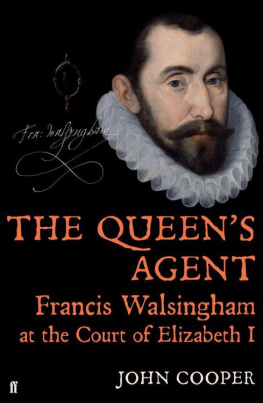

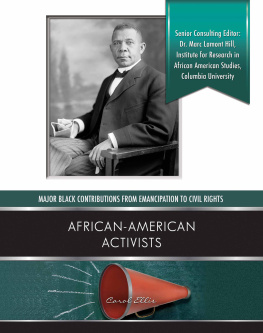
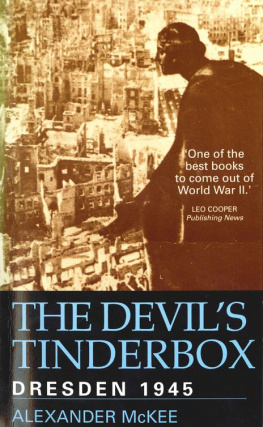

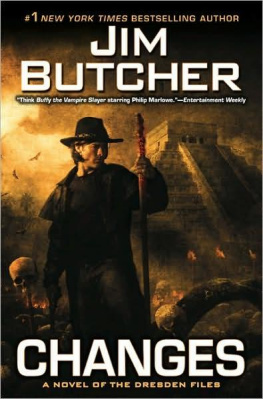
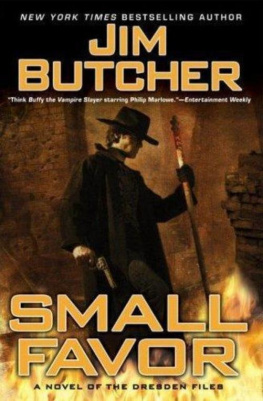

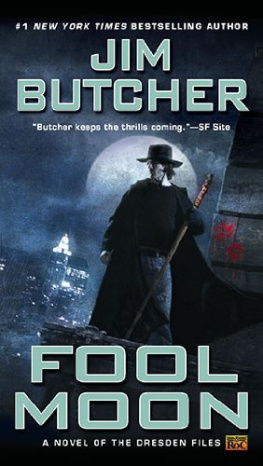
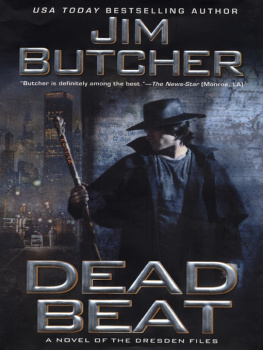
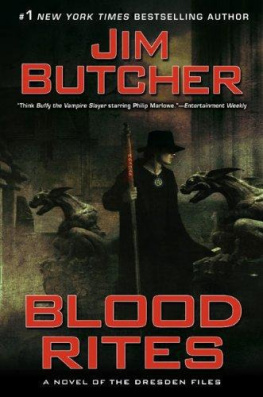
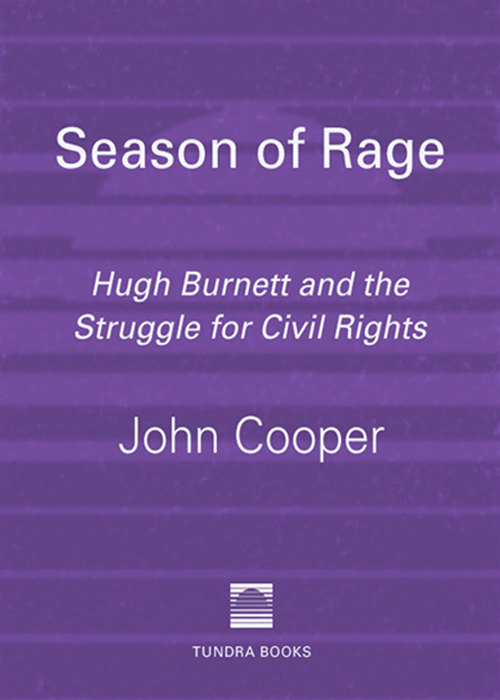
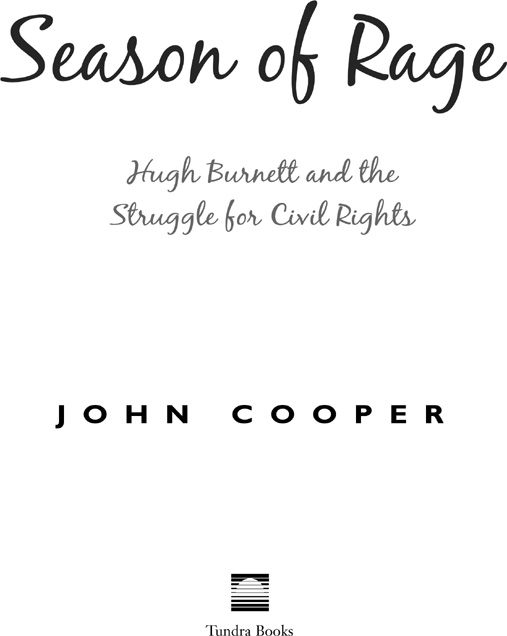
 nce, there was a southern Ontario town called Dresden. Of its couple of thousand people, a few hundred were African-Canadians. In theory, these black people had the same rights as every other citizen of the town. But theory is not reality, and the reality of life for black people in this small town was marked by unfair treatment and the denial of many of those rights.
nce, there was a southern Ontario town called Dresden. Of its couple of thousand people, a few hundred were African-Canadians. In theory, these black people had the same rights as every other citizen of the town. But theory is not reality, and the reality of life for black people in this small town was marked by unfair treatment and the denial of many of those rights.
 The first African slaves are transported to the Virginia settlement.
The first African slaves are transported to the Virginia settlement. American Revolution: Thirteen colonies in North America fight the British to win their independence. During the struggle, the British promise freedom and land to blacks who fight against the American rebels.
American Revolution: Thirteen colonies in North America fight the British to win their independence. During the struggle, the British promise freedom and land to blacks who fight against the American rebels. Vermont is the first state to abolish slavery. It is followed in 1783 by Massachusetts. Over time, the northern states all outlaw slavery, while the southern states continue to give legal protection to slave owners.
Vermont is the first state to abolish slavery. It is followed in 1783 by Massachusetts. Over time, the northern states all outlaw slavery, while the southern states continue to give legal protection to slave owners. Treaty of Paris marks independence of the United States of America (U.S.). About 5,000 black people emigrate to Canada, chiefly to the Maritime provinces.
Treaty of Paris marks independence of the United States of America (U.S.). About 5,000 black people emigrate to Canada, chiefly to the Maritime provinces. The Underground Railroad is founded in Philadelphia.
The Underground Railroad is founded in Philadelphia. Slavery is ended in Upper Canada (now Ontario).
Slavery is ended in Upper Canada (now Ontario). British slave trade is made illegal.
British slave trade is made illegal. War of 1812: armed conflict between the U.S. and Great Britain. The British again promise freedom and land to escaped slaves who join the war against the U.S.
War of 1812: armed conflict between the U.S. and Great Britain. The British again promise freedom and land to escaped slaves who join the war against the U.S. First European settlers in what is to become Dresden, Ontario.
First European settlers in what is to become Dresden, Ontario. Wilberforce, a segregated community (in which black and white people are separated), is founded in Upper Canada.
Wilberforce, a segregated community (in which black and white people are separated), is founded in Upper Canada.